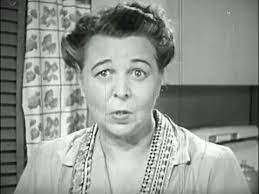
Mr. Brown is discussing with a high school student, Chuck, a recent local election between two men. The paper says that the outcome was a victory for good government. Chuck is questioning whether or not the statement in the paper is true or not. Mr. Brown says that it was a victory for good government as well as a victory for propaganda. He then explains what propaganda is and how to recognize it. He explains the techniques used. Mr. Brown also says that propaganda is used to convince people to believe something, do something or buy something. Sometimes it is used for good and sometimes for bad. Sometimes it is true and sometimes not.
Identifying the techniques used in propaganda.
- Glittering generalities
- Transfer
- Name calling
- Card stacking
- Testimonial
- Plain folks
- Band wagon
To know if propaganda is good or true or if it is not, there are four steps to follow.
- Know the purpose
- Recognize the technique
- Get the facts.
- Judge purpose and technique by the facts.
When looking for propaganda, get as many view points as possible.
“Techniques of Propaganda” AKA “Propaganda” was created sometime in the forties, most likely 1949. The film looks at overt propaganda and was made to sell to high schools as a teaching tool for juniors and seniors. The film is short but it is loaded with all the basics. The presentation is a bit corny but, believe it or not, the information is still appropriate. If you fall for propaganda, at least false propaganda, you may find yourself down a rabbit hole.

